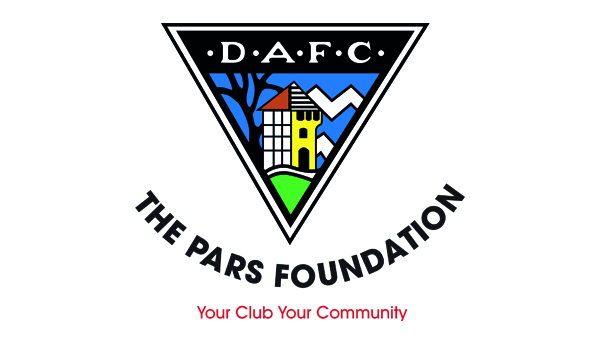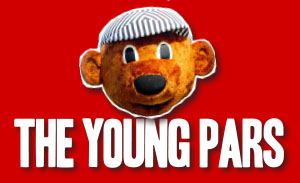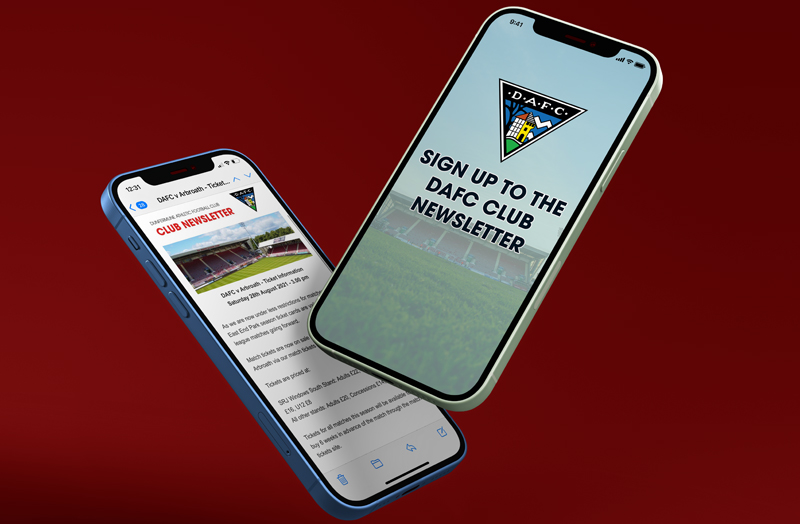George O`Brien (1935-2020)
Tuesday, 31st Mar 2020Born Dunfermline, 22 November 1935. Died Southampton, 18 March 2020.

Dunfermline Athletic Football Club were saddened to hear of the recent death of George O’Brien, a local lad and player who lit up East End Park in the early 1950s, to then go on to become one of Southampton’s greatest players. Our thoughts and condolences go to George’s family.
A precociously talented teenager who went on to become a Southampton legend, George O`Brien seemed destined to become a footballer from his earliest days on the streets and parks of Dunfermline, where he was rarely seen without his tanner ba`.
Playing against older and bigger lads helped sharpen his skills and his captivating performances at schoolboy level marked him out as one with a bright future. As a pupil at Queen Anne Junior School he was selected to represent Dunfermline Schools, the Rest of Fife (against Kirkcaldy) and the East of Scotland, though he missed out on an international cap.
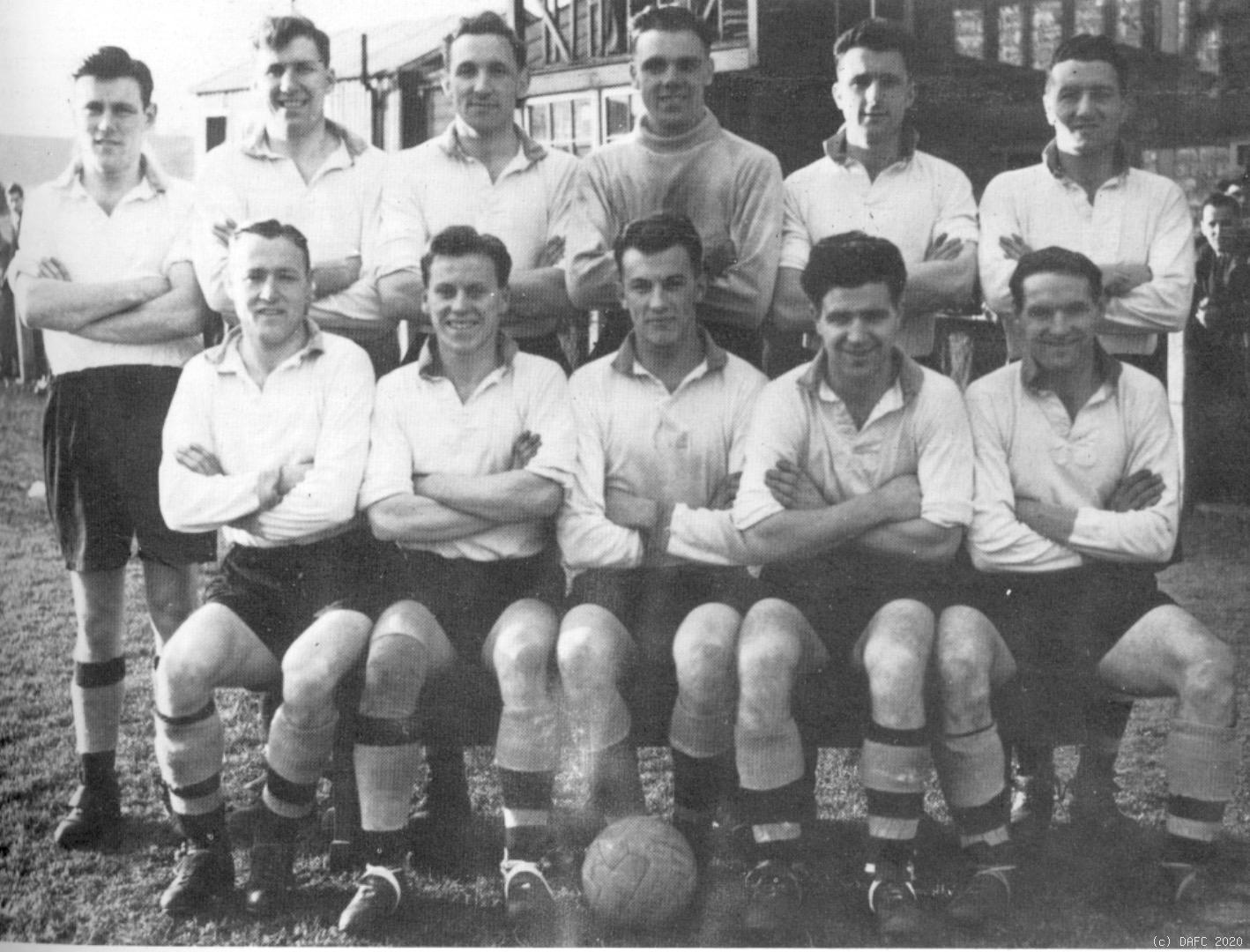
Wellwood Boys` Club gave George the chance to shine on a wider stage and it wasn`t long before the juniors were on his trail. His small stature deterred some but not Jimmy Carberry, the long-serving secretary of Blairhall Colliery who signed him in January 1952.
A few years earlier George had acted as a kind of personal ball-boy to Blairhall`s inside-right Charlie Fleming, running half a mile to retrieve shots that eluded the net, and now he was following in the famous footsteps of “Cannonball Charlie”. His style of play may have been very different though George did have one thing in common – a powerful shot with either foot.
With senior clubs around Britain taking an interest, Dunfermline made their move, signing George on 7th August 1952. Under newly-appointed manager Bobby Ancell, who would build a reputation for nurturing talented youngsters, he made his first-team debut in October at the tender age of 16 years and 316 days.
He made a further eighteen appearances that season, including one against Ayr United on 13th December 1952 when, just three weeks after his 17th birthday and in only his fifth senior appearance, he scored his debut league goal, one of the youngest to do so. Despite this early success, it wasn`t until 1954/55 that he became the first-choice inside-right. As well creating chances for Jimmy Millar and then Charlie Dickson, he scored thirteen goals himself, including a hat-trick against Albion Rovers, and was undoubtedly one of the most important players as the Pars gained promotion to the top flight after an absence of eighteen years.
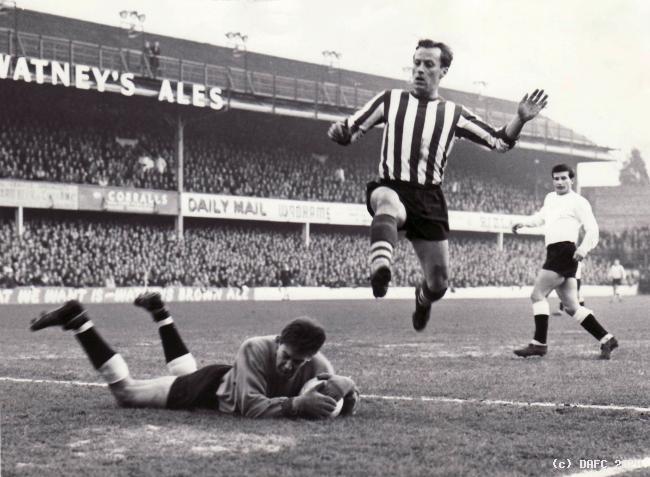
That summer it seemed likely that George would be leaving for England, with Newcastle United leading the race to sign him. Unfortunately, he had to undergo a cartilage operation on his right knee and all his suitors vanished, except for one – his fiancée Margaret, whom he married during his recuperation.
George, who was hugely popular on the terraces, returned to action in mid-October though it took him some time to hit full stride. An additional concern was that he would soon be completing his apprenticeship as a plumber in Comrie Colliery, at which point he would become eligible for National Service.
Having proved his fitness he was again courted by English clubs despite being called up by the Royal Army Medical Corps. While based at Crookham Barracks, near Aldershot, he came to the attention of Southampton, who refused to meet Dunfermline`s asking price. Others were more enthusiastic. The Leeds United manager, former England international Raich Carter, had watched George three times and had conducted negotiations with Dunfermline`s board over a period of six months. On 14th March 1957 he finally agreed a fee of £6,000 for George, who had scored 32 goals in 113 appearances for the Pars.
Two days later he made his Leeds debut alongside John Charles in a goalless draw against Newcastle in front of a crowd of 30,000 at Elland Road. The strapping Welshman could well have been the perfect foil for 5` 6`` George but he left the following month to join Juventus for a world record fee of £65,000. He wasn`t adequately replaced and Leeds, who had finished a creditable eighth on their return to the First Division, subsequently slid down the table.

George was to score just 6 times in 44 matches though none of the club`s other forwards fared any better. He did, however, show flashes of promise and occasionally turned in a genuinely outstanding performance, such as against Chelsea in March 1959. Leeds won 4-0 with George netting twice and creating another to completely overshadow the First Division`s leading scorer, Jimmy Greaves. He did enough to convince Southampton to sign him for £10,000 in the summer of 1959. George, who formed an instant, almost telepathic connection with winger Terry Paine, scored 23 league goals as the free-scoring Saints lifted the Third Division title and went on to become the club`s top league scorer in four out of the next five seasons. His best return came in 1964/65 when he struck 32 goals in 41 league matches, good going for a player with an arthritic right knee who found it difficult to turn.
Paine reckoned that George`s close-range finishing was every bit as good as his England team-mate Jimmy Greaves while another Saints contemporary, Cliff Huxford, thought that George was even sharper than Greaves in the six-yard box. They considered him good enough to play for Scotland though the fact that he was playing Second Division football almost certainly counted against him.
Southampton were doing their best to change that situation, pushing for promotion to the top tier for the first time in their history. The 1965/66 season started well for both George and the club but he was then affected by hepatitis, playing what turned out to be his last game for the Saints on 20th November, two days before his 30th birthday.
In March he was transferred to Leyton Orient in exchange for David Webb (who would go on to score Chelsea`s winner in the 1970 FA Cup Final), a decision that left George with a lingering bitterness. Not only did the Saints go on to win promotion that season but George was left stranded on 154 league goals, just two short of the club record. Southampton also reneged on a promised testimonial, denying him the chance to say goodbye to an appreciative support.
George was never happy at Orient and, after 3 goals in 17 games, he departed for Aldershot, signing on the morning of 26th December. He made his debut that afternoon, scoring in a 5-2 defeat of Southend, but his heart wasn`t really in it any more and he retired in 1968 after 8 goals in 41 league appearances for the Shots.
He returned to Southampton to become a publican, running the Waterloo Arms for 22 years before moving back to Scotland in 1990 to become a sub-postmaster in East Lothian. Eighteen months later he was back on the south coast behind the bar of the Star & Garter and then The Smugglers Inn in Milford on Sea prior to working as a taxi driver.
Sadly, George spent his spent his latter days in a Southampton care home, suffering from dementia. Better to remember him as one of Southampton`s greatest goalscorers with a total of 180 in 281 appearances, behind only Mick Channon, Matt Le Tissier and his old friend Terry Paine.
From a Dunfermline perspective, we have lost who played during a defining period in the club’s history. After a long period in the doldrums, Bobby Ancell’s team of the early 1950s set the club on a different and upwards path, and George O’Brien, young as he was, was one of the players to help make that change.
Views : 3,959


